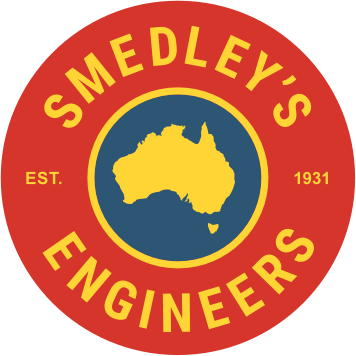Having been involved with dangerous goods (DG) road transport for most of his working life, Lee Stringer has a depth and breadth of knowledge in this sphere that few can match. He currently manages Safe Load Program (SLP), an organisation dedicated to the safe operation of DG road tankers in Australia.
Lee Stringer started his working life at age 15 as an apprentice boilermaker.
“Upon completion of my apprenticeship, I took a position at petrol pump manufacturing company Gilbarco, where I commenced working with DG vehicle builds and repairs,” he says.
He then moved on to Liquip in South Australia, further developing skills learnt previously in product meter repair, calibration, crane driving, DG truck builds, tanker repair, calibration, bottom loading tanker fit-ups and composite petroleum hose manufacture and testing.
After joining Shell in 1989 as a fitter, Lee was given access to a raft of opportunities, in 1995 becoming Shell’s South Australian Transport Maintenance Manager overseeing four mechanics, 15 tucks and 25 trailers.
In 1999 he took on the role of South Australian Terminals Manager responsible for three fuel terminals, 43 staff and 36 fuel depots.
By 2006 he was managing a project introducing a national maintenance program for Shell’s distribution fleet of 240 vehicles with Scania Australia, achieved with a lot of help from three highly skilled and experienced mechanics that worked for Shell.
In 2009 Lee was handed a project to develop Shell Australia’s fatigue management program, working with world-leading psychologists, doctors, sleep pattern specialists and fatigue analysists, introducing the program throughout the Shell transport business.
In recent years Lee has been working concurrently on the Petroleum Driver Training Program and the Vehicle Safe Load Verification Program (SLP).
SLP is a not-for-profit business designed to provide increased safety via its network of participants in the fuel industry.
Currently there are over 6,500 drivers trained and licenced in Australia, over 350 registered transport companies and over 9,500 individual vehicles registered and regularly inspected under the program. There are also over 115 SLP licensed vehicle inspection locations and 70 registered driver trainers.
“We have a great team of vehicle inspectors that travel the country conducting independent random inspections of vehicles at fuel terminals, confirming the quality of our licenced inspection locations and ensuring the skills and behaviour of transport operators are maintained at the highest standards.
“Over my career I have had the opportunity to work with a number of great people, industry leaders and supporters,” he says.
“It’s these people with their selfless willingness to share their knowledge and insight who have allowed me to learn and develop a better understanding of our industry. Wherever possible I try to do the same with those who ask.”
Lee concludes that SLP’s future is filled with projects aimed at reducing complexity and increasing quality in training and innovation.
“I believe our industry has come to a point where large step changes in technology and design are required to see a real forward momentum in safety.
“This must be combined with national regulation and leadership rather than any continuation of state-based regulation and compliance.”
This Industry Icon article was first published on trailermag.com.au
(Image right: Lee Stringer.)
